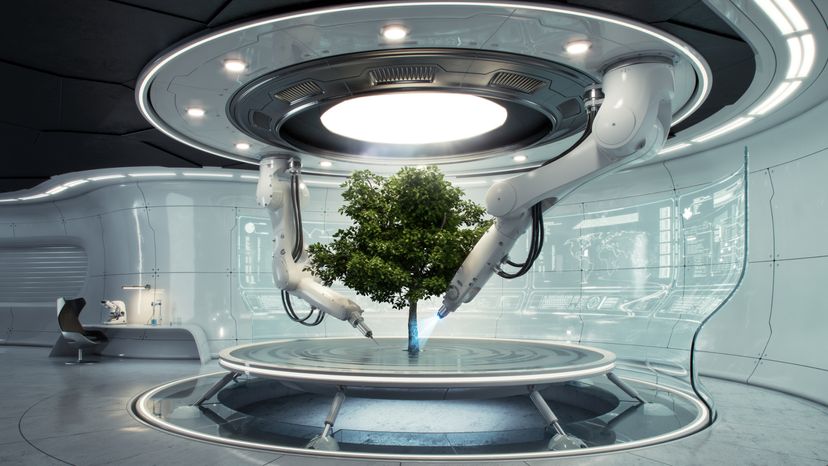
The term “science fiction” gives writers an outlet to break the rules a bit and tell stories that revolve around scientific theories and concerns without necessarily having to worry about accuracy. Indeed, there have been many sci-fi movies that totally ignore how science works (we’ve even compiled a list of the worst offenders), which is fine if you want to tell a fun story about people traveling to the center of the Earth like in The Core, but not so great if you want your movie to actually be taken seriously by …well, anyone.
Fortunately, not every movie sets out to completely set aside accepted science in favor of spectacle. When filmmakers enlist the help of actual authorities in the scientific field, we get films that actually hold up in the realism department (a crazy concept, we know). While we’d still recommend reading an actual science textbook if you truly want to learn something new, the following movies could actually teach you a thing or two about the natural world, which is more than can be said for most sci-fi fare out there.
Advertisement